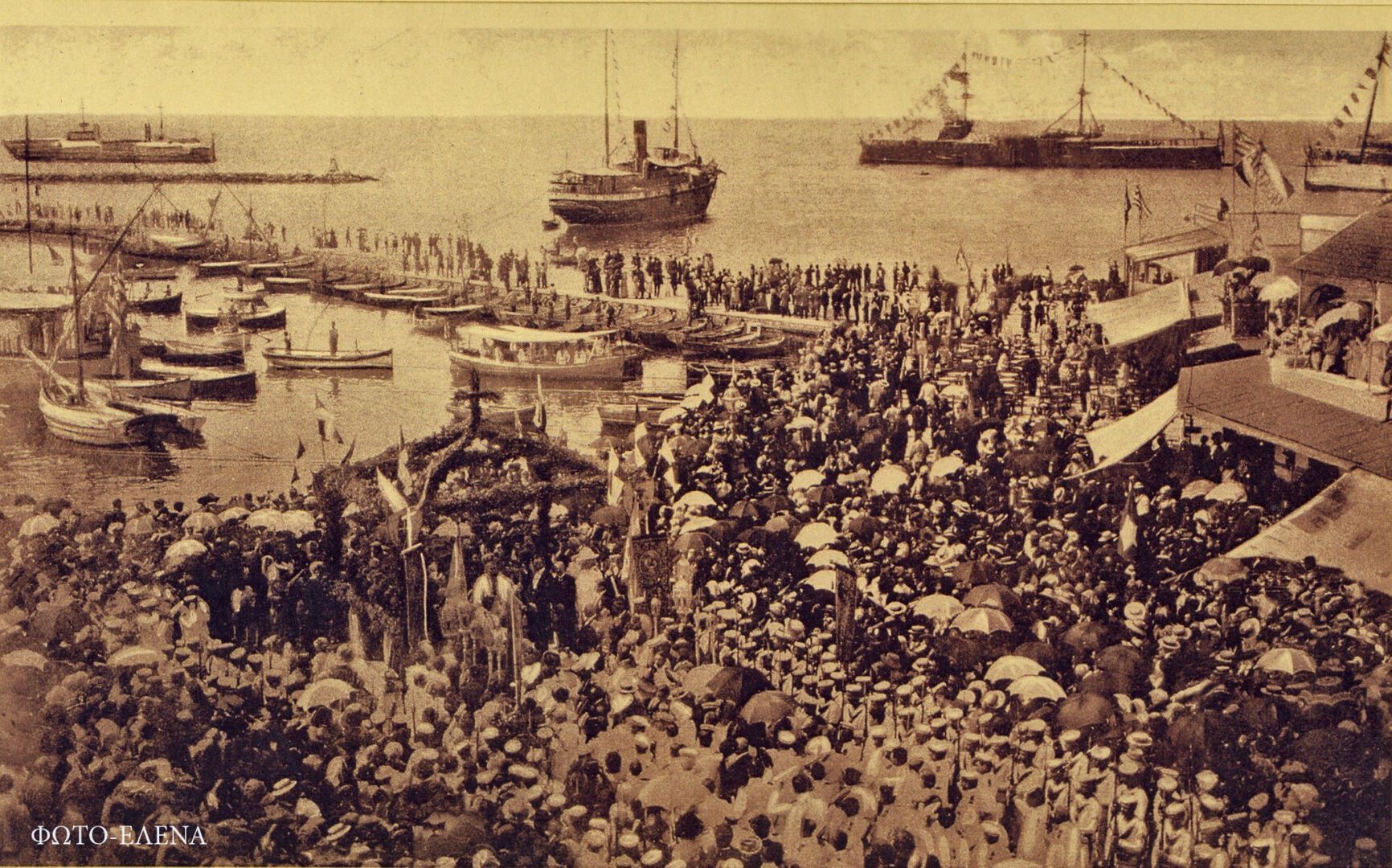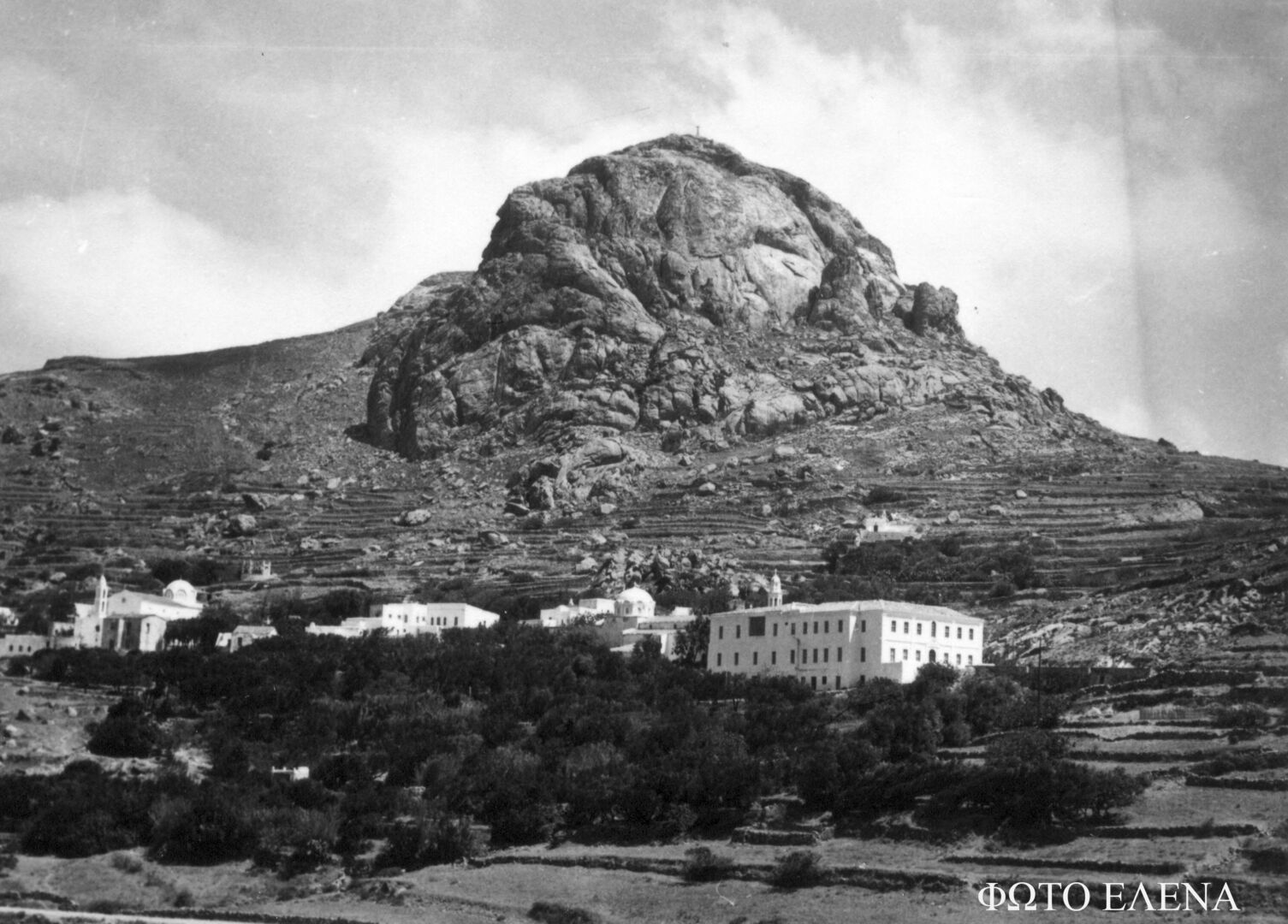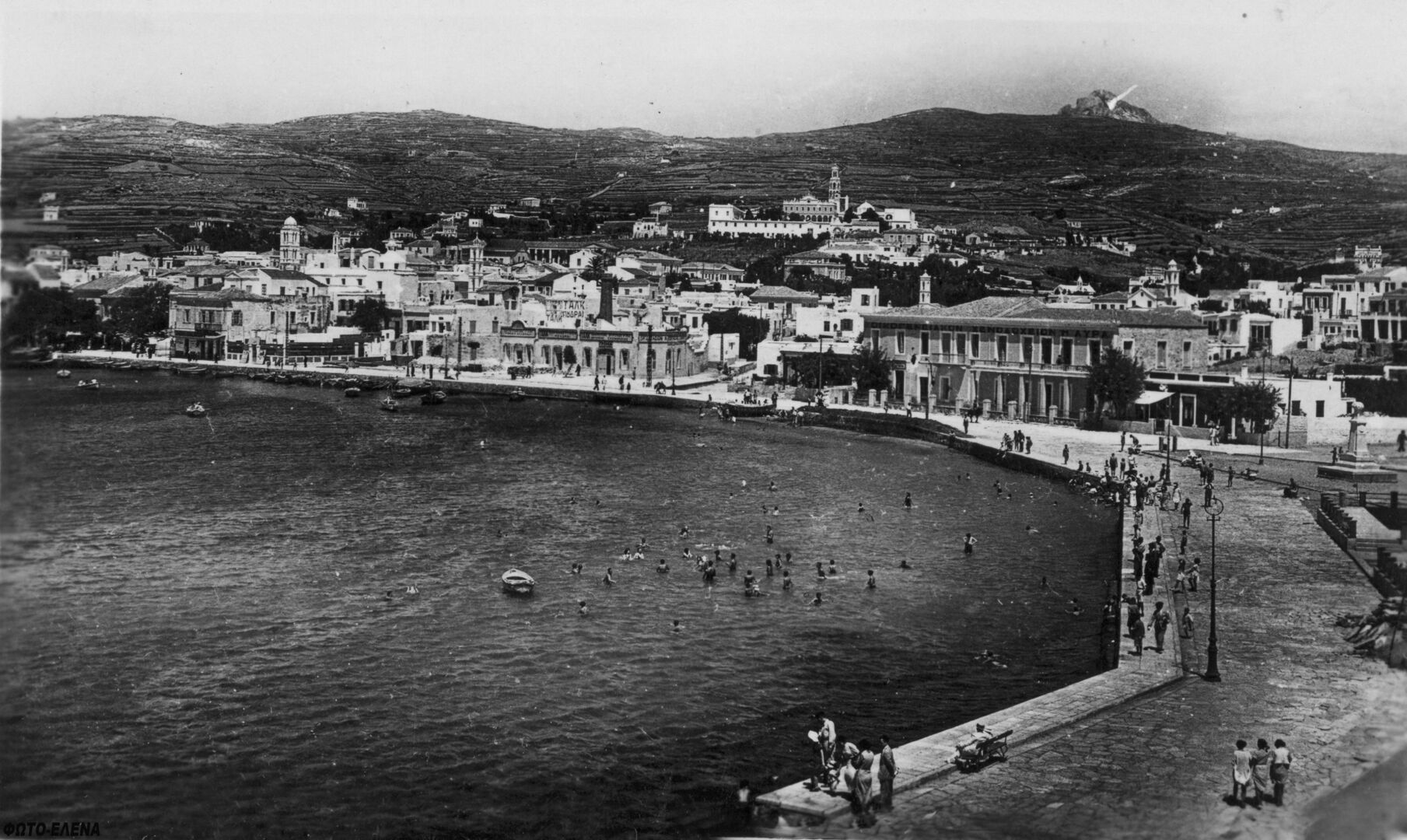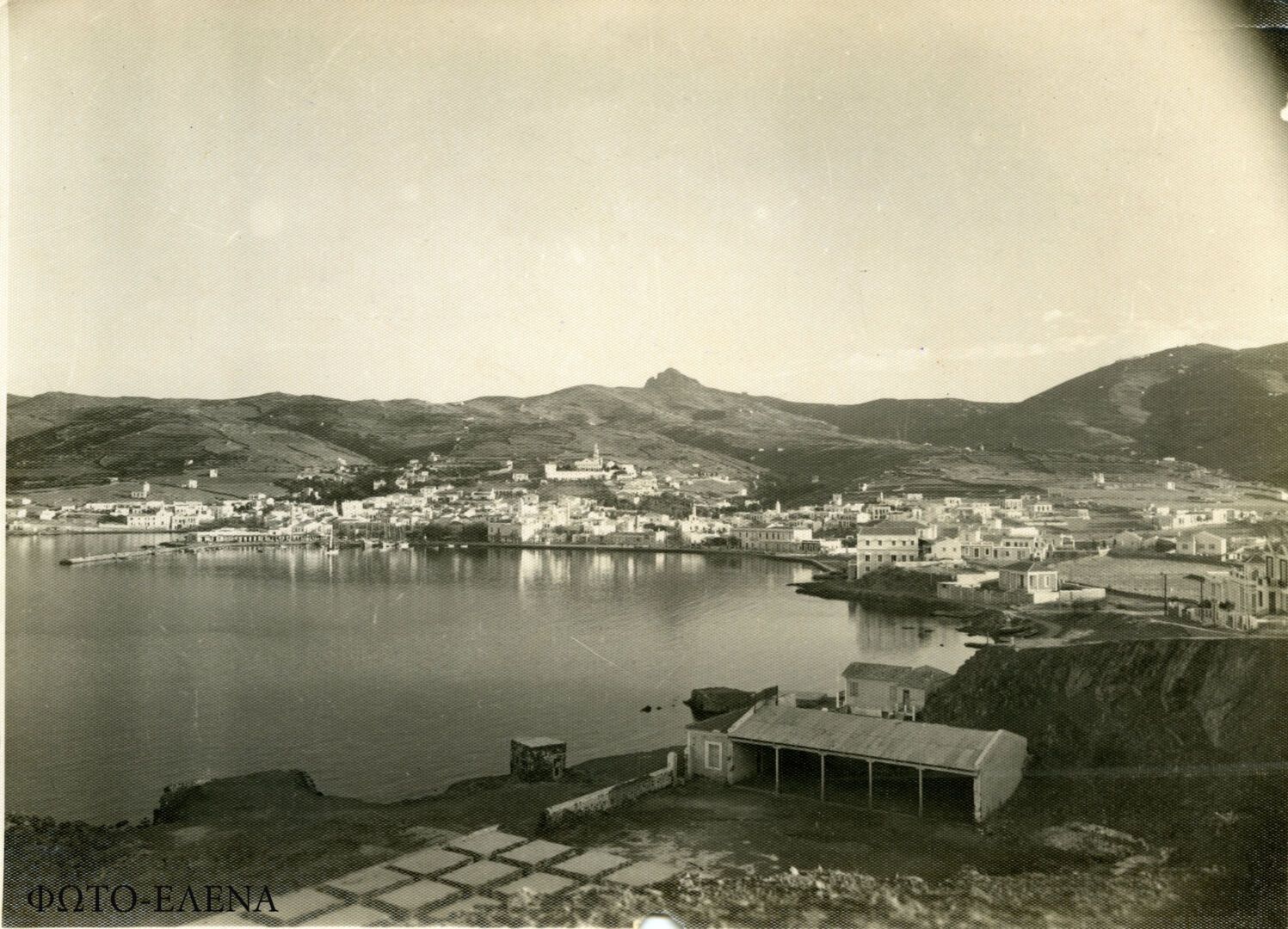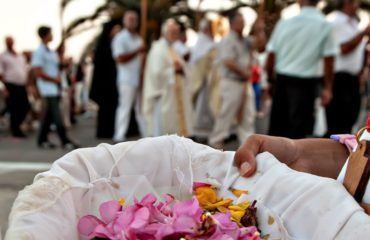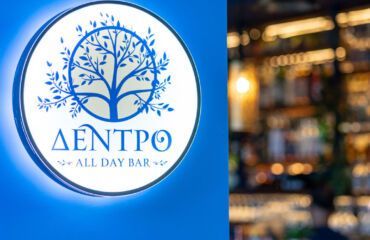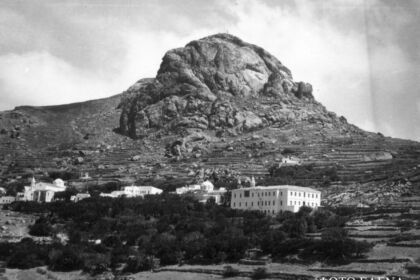
The rich history of Tinos and its traditions
Sometimes, time goes by merciless. Other times, we enjoy every day pleasantly like “tsibity” cheese pie with cold water. This is “ Hydrousa” or Tinos with its long history and its traditions.
How everything began
The island of Aeolus, as it is known today, because of the strong north winds, is inhabited since the prehistoric ages. It took its name from the first settler, king Tinos, from Asia Minor. Tinos is referred as Hydrousa because of the springs in the area or as Ophiousa because of a kind of cedar called “prides”.
Tinos wasn’t captured by the Ottoman Empire until 1715 and just for a short period of time. We can focus on two milestones in the history of Tinos. The first one is the discovery of the Icon of Megalochari on January 1823 and the second one is the sank of the Greek ship Elli on August 15th, 1940.
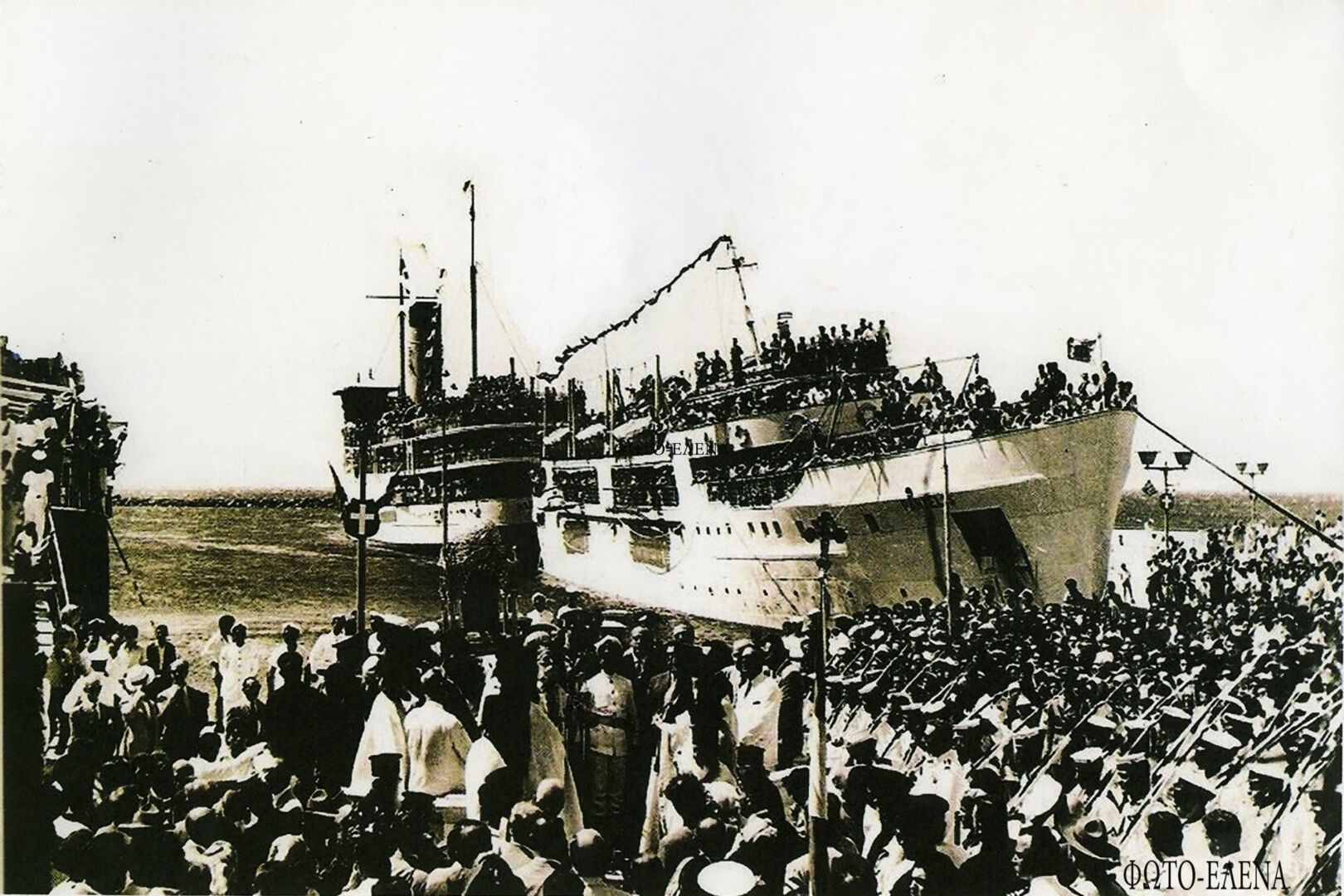
An oil lamp and an embroidery
Either they had studied at the Ursuline School or at the Sewing School of the island, Tinian women used to help their farmer husband during the day and in the evening, next to an oil lamp, they made handmade embroideries to set on the Sunday’s table or to dower their daughters.
Men, on the other hand, had to be in their farmland by the time the bell of the Church had rang. On their way they greeted everyone. They knew each other very well.
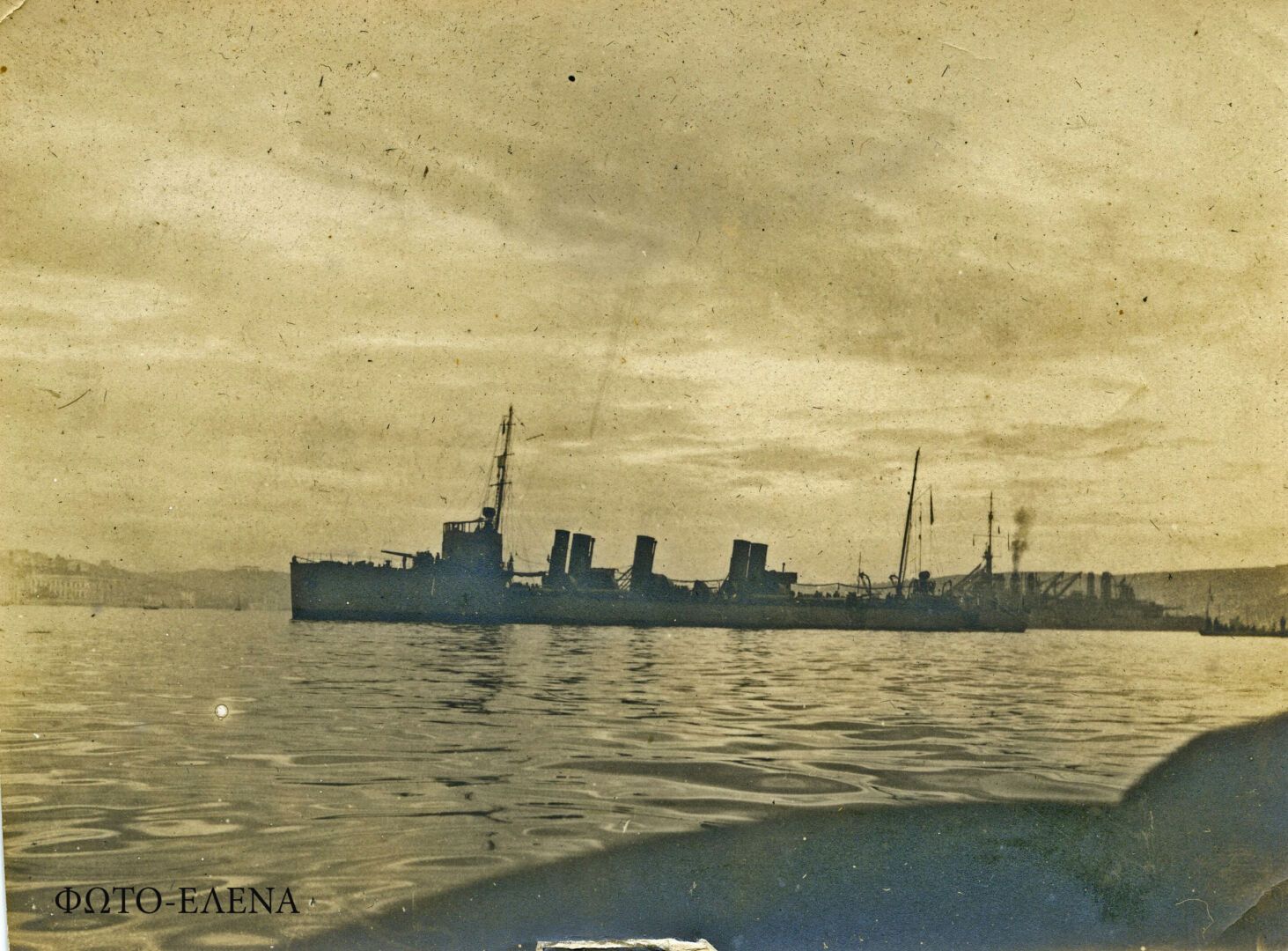
When the crier announces
Prior to the time video calls and live streaming were discovered and as the first telephone on the island was connected in 1955- one for each village- as well as telephone boxes on Megalochari street, people used to receive the news from the crier or the priest of the village.
The last crier in Tinos was Konstantis Maroudias from the village Agapi, known as Kakakias. Being a crier wasn’t considered as a progression in Tinos. Most of the people in the island were farmers, wine growers or basket weavers. A couple of baskets for 50 okas of potatoes was a typical form of exchange in the groceries of Chora. Don’t forget that the people of Tinos have elaborated commerce since the old times especially in the port of Panormos through which many transportations of marble were made.
Other professionals of the island were mostly sailors. Its maritime power is obvious from the ancient coins which had the bust of Poseidon on the one side and a trident on the other.
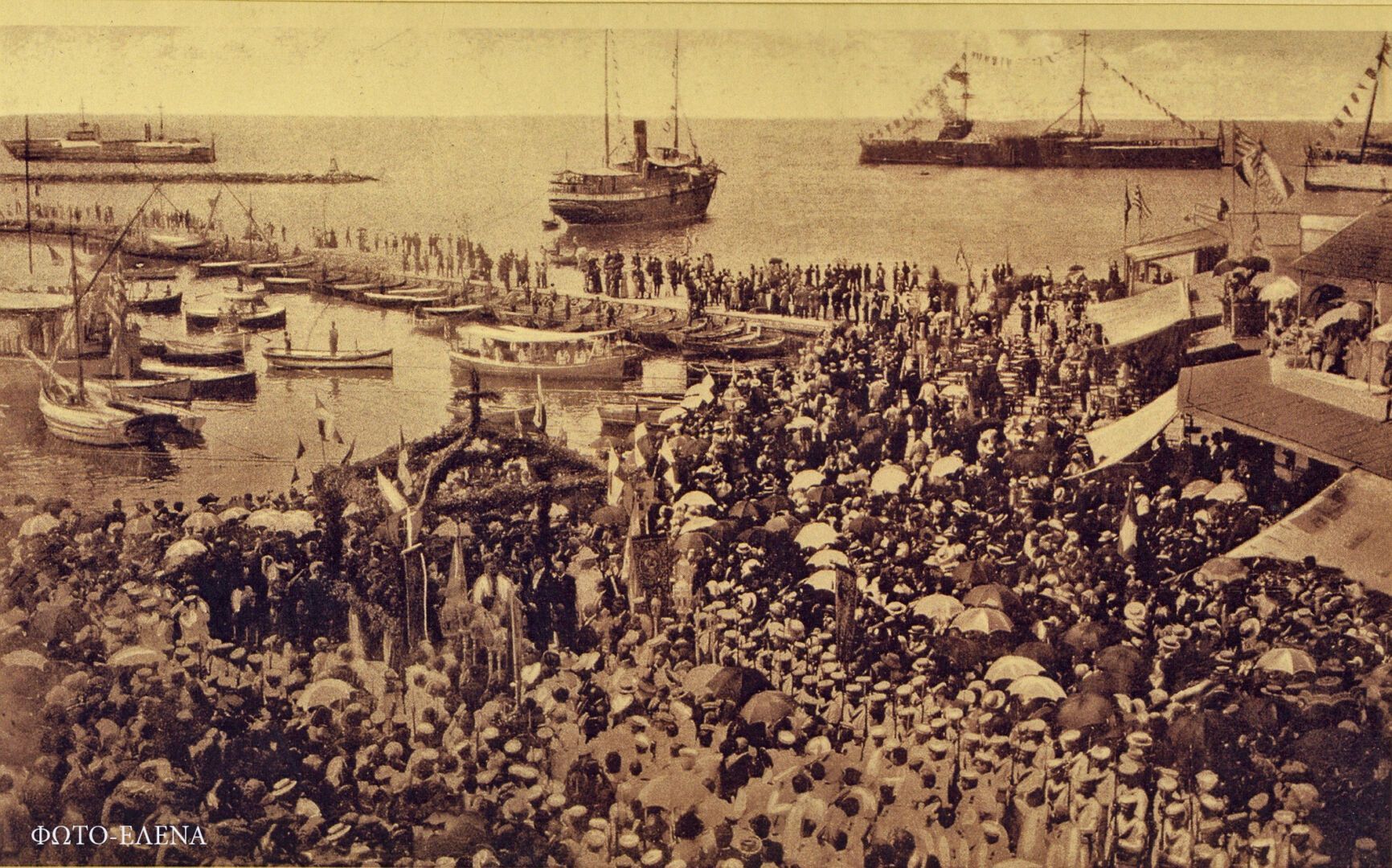
When the earth treats
So many different tastes in Tinian gastronomy are the result of making good use of the raw materials of that blessed island. Farm animals were kept in every house, as the owners made their own “chirosfagia”. The wealthier people of Tinos had dovecotes as a token of a high birth and affluence. Homemade cheese and “rakizio” , in order to produce local raki, was part of their daily life.
As there were a lot of artichoke fields in Kampos and Perastra, artichoke had a leading role in Tinian’s nutrition. Caper, tomatoes, cheese, honey, wine, sesame seed candy in lemon leaves, nougat and many other products are used till today in the Tinian Cuisine.
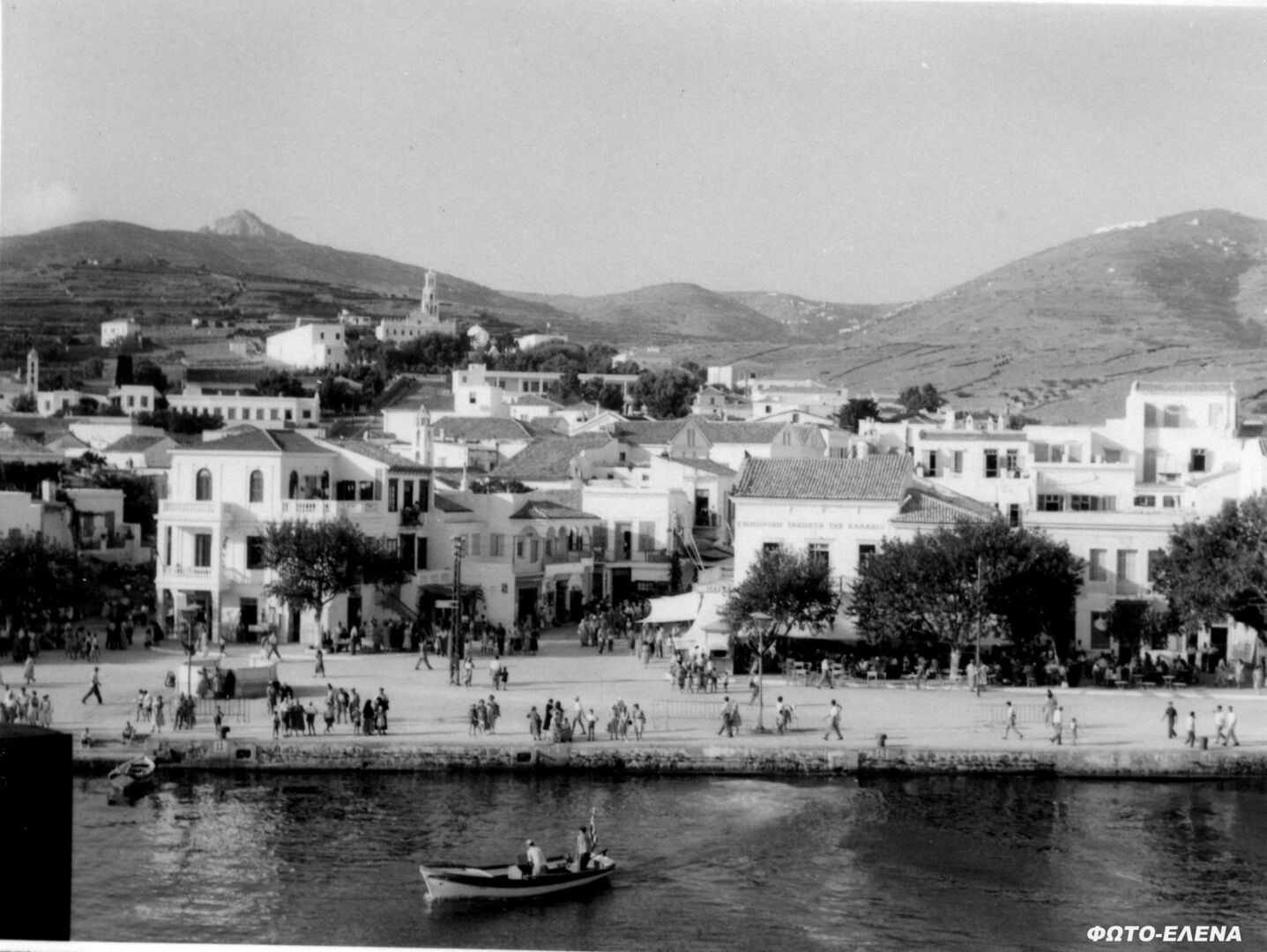
For cake and liqueur
Without doubt, faith and the Church of Megalochari played an important role in the life of the island. On August 15th, on the most important festival of the island , thousands of pilgrims came to Tinos. It was visited by simple citizens to kings, who offered their oblations paying reverence to Her and She showed Her virtue in reward.
A walk along Megalochari street. Stop for coffee and “tsibiti” cheese pie. Let’s dress up for a walk in the afternoon. Young, well dressed men wearing a vest as a must of their appearance. Sunday morning, everybody goes to Church. Today’s visitors who know the history of Tinos see more or less the same picture. You may become a loyal fan of Tinos as it provides the religious part as well as many other gifts…
Welcome and we’ll treat you cake and homemade “raki” to men and well smelling liqueur to women.
Faith precedes the miracle. Miracle doesn’t precede faith.

 Ελληνικά
Ελληνικά 